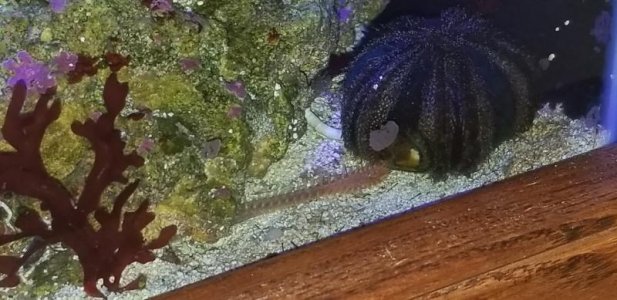Hi,
I have a squamosa on the way. When I kept clams several years ago there was a lot of talk about bristle worms "attacking" and killing clams. Thinking has changed a lot over the years but I just want to be sure that this is just a myth. My current understanding is that bristle worms will not attack or eat any healthy clams/corals. I have tons of these in my tank and feel thay are great detritus eaters but at the same time I don't want to add a clam that will be destined to die by bristle worm.
My tank is a 75 reef that has been established for years and has 2-175w MH. I hope to set the clam on a small rock that can be moved if needed. Sound OK?
I have a squamosa on the way. When I kept clams several years ago there was a lot of talk about bristle worms "attacking" and killing clams. Thinking has changed a lot over the years but I just want to be sure that this is just a myth. My current understanding is that bristle worms will not attack or eat any healthy clams/corals. I have tons of these in my tank and feel thay are great detritus eaters but at the same time I don't want to add a clam that will be destined to die by bristle worm.
My tank is a 75 reef that has been established for years and has 2-175w MH. I hope to set the clam on a small rock that can be moved if needed. Sound OK?

